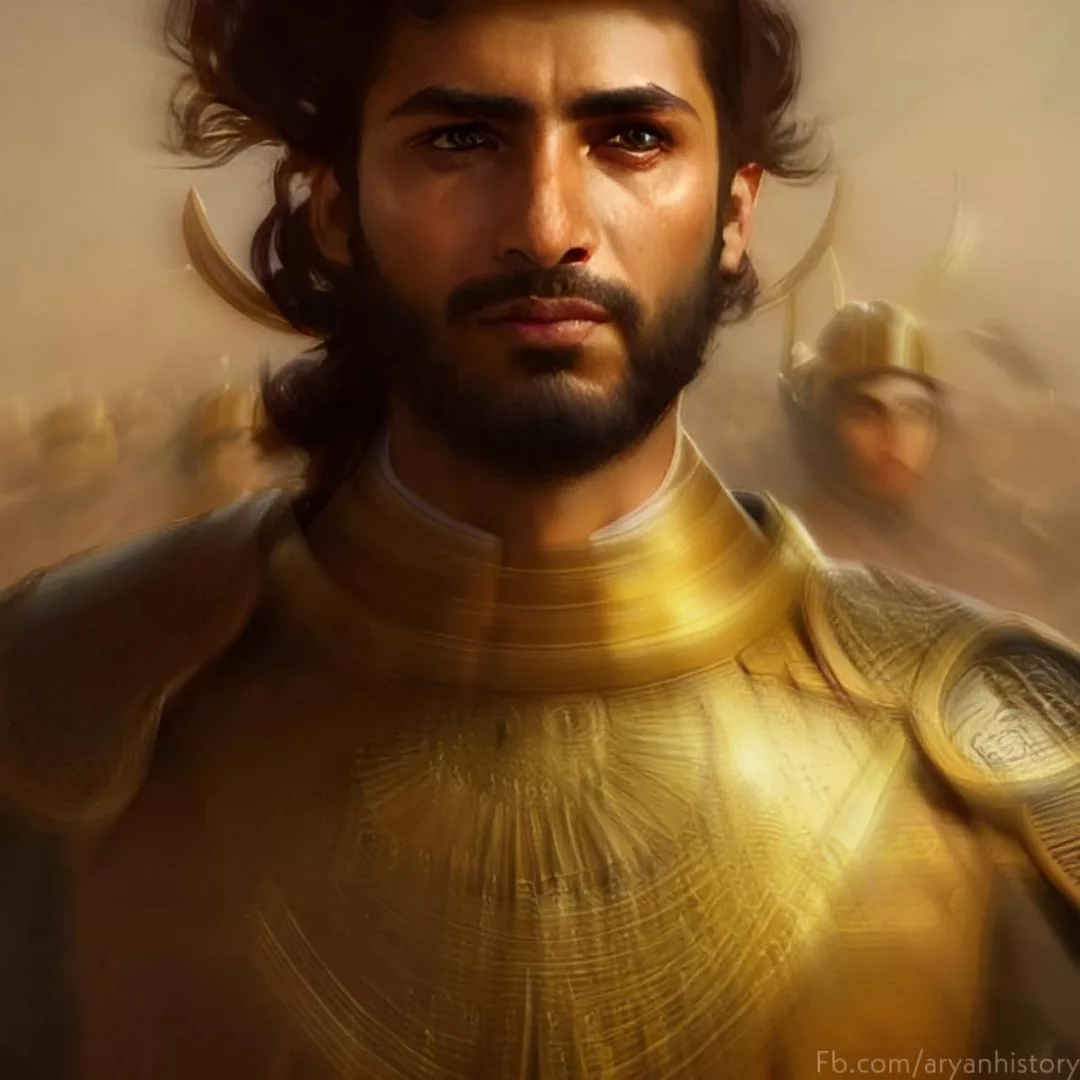
𝐓𝐡𝐞 𝐒𝐚𝐬𝐬𝐚𝐧𝐢𝐝 𝐄𝐥𝐢𝐭𝐞 𝐂𝐚𝐯𝐢𝐥𝐫𝐲: 𝐓𝐡𝐞 𝐈𝐦𝐦𝐨𝐫𝐭𝐚𝐥𝐬
Immortals, 224-644 (Zhayedan), were an elite unit within the Sassanian army; they numbered at 10,000. They are possibly an orientation to the former Immortals who served the rulers of the Achaemenid Empire and possibly wore the similar attire as their predecessors.
The training of Persian Immortals was difficult and started early. From birth, boys were kept separate from their fathers until the age of five. Then they would be taken to start their warrior training. It involved a wide range of skill development, including archery, fighting, and how to live off the land. Other trials and rites of passages included e.g. Placing young soldiers with nothing in the middle of a forest and let them survive on their own for an indefinite period.
They were so named for always numbering exactly ten thousand – if any man died or fell ill, he was immediately replaced; in this way the unit never ‘died’ – it was immortal.
Although disappearing with the Archaemenids, the Immortals were again firmly revived under the Sassanids as an elite corps of honor guards, with the finest armour and weapons of their entire military, and adorned in fine livery to demonstrate their prestige.
